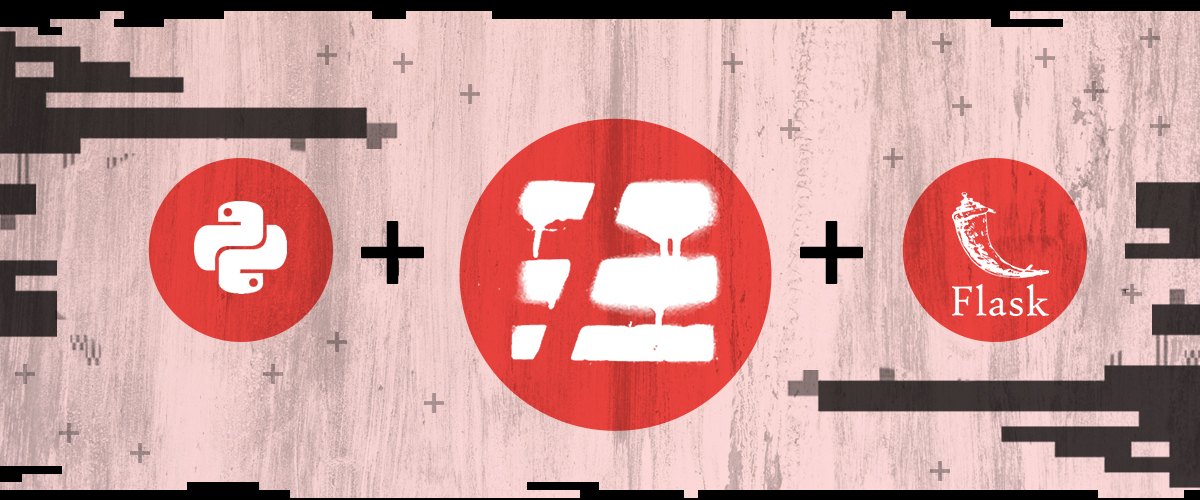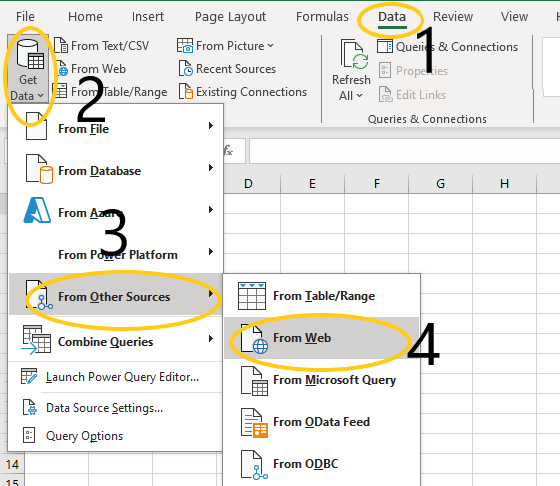In today’s data-driven world, businesses are constantly collecting and analyzing large amounts of data. This data can come in various formats, including CSV (comma-separated values) files. While CSV files are easy to create and share, they can quickly become difficult to manage and analyze as the amount of data grows.
To overcome this challenge, many businesses choose to store their data in a database, such as PostgreSQL. In this article, we’ll explore the benefits of moving your data from CSV files to a PostgreSQL database and how to do it efficiently.
Why Move Your Data from CSV to PostgreSQL?
Better Data Organization
CSV files are essentially flat files, meaning they have no structure or organization. This can make it challenging to manage and analyze data, especially as the amount of data grows. On the other hand, PostgreSQL databases have a defined structure, making it easier to organize and query data.
By moving your data from CSV files to a PostgreSQL database, you can create tables, define relationships between data, and use SQL queries to retrieve specific data. This allows for better data organization and makes it easier to analyze and draw insights from your data.
Improved Database Performance
As mentioned earlier, CSV files have no structure, which means they can quickly become large and difficult to manage. This can lead to slower database performance, especially when querying large amounts of data.
On the other hand, PostgreSQL databases have a defined structure and use indexing to improve performance. Indexing allows for faster data retrieval, making it easier to analyze large datasets. By moving your data from CSV files to a PostgreSQL database, you can improve database performance and make data analysis more efficient.
Enhanced Data Security
CSV files are often shared and stored on various devices, making them vulnerable to security breaches. This can be a significant concern for businesses that handle sensitive data.
On the other hand, PostgreSQL databases offer enhanced data security. With features such as user authentication, access control, and encryption, you can ensure that your data is secure and only accessible to authorized users.
How to Move Your Data from CSV to PostgreSQL
Now that we’ve explored the benefits of moving your data from CSV files to a PostgreSQL database let’s look at how to do it efficiently.
Step 1: Create a Database in PostgreSQL
The first step is to create a database in PostgreSQL to store your data. To do this, you can use the createdb command in the PostgreSQL command-line interface (CLI). For example:
createdb mydatabase
This will create a database named “mydatabase” in PostgreSQL.
Step 2: Create a Table in the Database
Next, you’ll need to create a table in the database to store your data. To do this, you can use the CREATE TABLE command in the PostgreSQL CLI. For example:
CREATE TABLE mytable ( id INT PRIMARY KEY, name VARCHAR(50), age INT, salary INT );
This will create a table named “mytable” with four columns: id, name, age, and salary. The PRIMARY KEY constraint ensures that each row in the table has a unique identifier.
Step 3: Import Data from CSV File
Now that you have a database and a table to store your data, you can import the data from your CSV file. To do this, you can use the COPY command in the PostgreSQL CLI. For example:
COPY mytable FROM ‘/path/to/myfile.csv’ DELIMITER ‘,’ CSV HEADER;
This command will import the data from the CSV file into the “mytable” table. The DELIMITER option specifies the character used to separate values in the CSV file, and the HEADER option indicates that the first row in the CSV file contains the column names.
Step 4: Verify Data Import
Once the data import is complete, you can verify that the data was imported correctly by querying the table. To do this, you can use the SELECT command in the PostgreSQL CLI. For example:
SELECT * FROM mytable;
This will retrieve all the data from the “mytable” table. You can also use the WHERE clause to filter the data based on specific criteria. For example:
SELECT * FROM mytable WHERE age > 30;
This will retrieve all the data from the “mytable” table where the age is greater than 30.
AmetricX to Database with Pandas
For more information read the Generate API Key documentation
Navigate to settings from the top bar

Under API KEYS click on Add Api Key

Click on Add Api Key to create a new key).The actual key will display only once and cannot be retrieved afterward.

For additional details, read the CSV File Exchange API documentation
import pandas as pd
file_id = <FILE ID> # See examples to get the FILE ID https://docs.ametricx.com/file_api/reference/#curl-example_1
df = pd.read_csv(
'https://trial.ametricx.com/api/v1/file/download/{file_id}'.format(file_id=file_id),
storage_options={'Authorization': 'Bearer <YOUR API KEY>)
We use sqlalchemy to create and “engine” to pass to pandas
import sqlalchemy as sa
engine = sa.create_engine('postgresql://ametricx:ametricx@localhost:5432/ametricx')For this example, we append the data to an existing table. Please read the pandas.Dataframe.to_sql documentation for additional details
df.to_sql('metrics_store', engine, if_exists='append', index=False)import pandas as pd
import sqlalchemy as sa
file_id = FILE_ID # See examples to get the FILE ID https://docs.ametricx.com/file_api/reference/#curl-example_1
df = pd.read_csv(
"https://trial.ametricx.com/api/v1/file/download/{FILE_ID}".format(FILE_ID=FILE_ID),
storage_options={'Authorization': 'Bearer {API_KEY}'.format(API_KEY=API_KEY)})
engine = sa.create_engine('postgresql://ametricx:ametricx@localhost:5432/ametricx')
df.to_sql('metrics_store', engine, if_exists='append', index=False)Best Practices for Moving Data from CSV to PostgreSQL
Use a CSV to PostgreSQL Converter
If you have a large amount of data in CSV files, manually importing it into a PostgreSQL database can be time-consuming and error-prone. To make the process more efficient, you can use a CSV to PostgreSQL converter.
These tools allow you to map the columns in your CSV file to the columns in your PostgreSQL table and import the data with a few clicks. This can save you time and ensure that the data is imported correctly.
Clean and Format Your Data
Before importing your data into a PostgreSQL database, it’s essential to clean and format it. This includes removing any unnecessary columns, fixing formatting issues, and ensuring that the data is in the correct format for the corresponding column in the database.
By cleaning and formatting your data before importing it, you can avoid errors and ensure that the data is imported correctly.
Use Indexing to Improve Performance
As mentioned earlier, indexing can significantly improve database performance. By creating indexes on the columns you frequently query, you can speed up data retrieval and make data analysis more efficient.
However, it’s essential to use indexing strategically. Creating too many indexes can slow down data insertion and updates, so it’s crucial to only create indexes on the columns that are frequently queried.
Real-World Example: Moving Data from CSV to PostgreSQL
Let’s look at a real-world example of a company that moved their data from CSV files to a PostgreSQL database.
ABC Corp is a retail company that collects data on their sales, inventory, and customer information. They were using CSV files to store this data, but as their business grew, they found it challenging to manage and analyze the data effectively.
To overcome this challenge, they decided to move their data to a PostgreSQL database. They used a CSV to PostgreSQL converter to map the columns in their CSV files to the corresponding columns in the database. They also cleaned and formatted their data before importing it.
The result was a well-organized database that allowed them to query and analyze their data efficiently. They also saw a significant improvement in database performance, making data analysis more efficient.
Conclusion
In conclusion, moving your data from CSV files to a PostgreSQL database can offer many benefits, including better data organization, improved database performance, and enhanced data security. By following best practices and using the right tools, you can efficiently move your data and make data analysis more efficient. So, if you’re still using CSV files to store your data, it’s time to consider making the switch to a PostgreSQL database.











